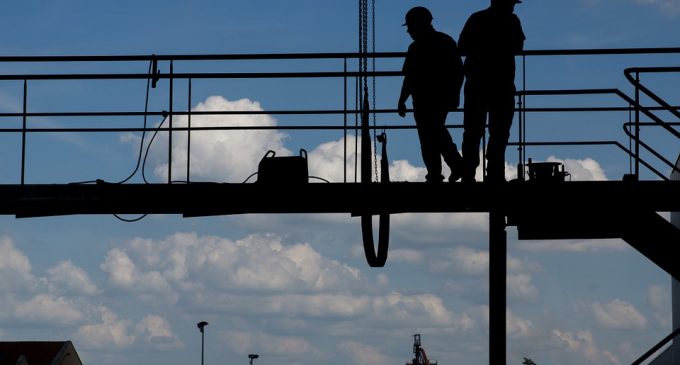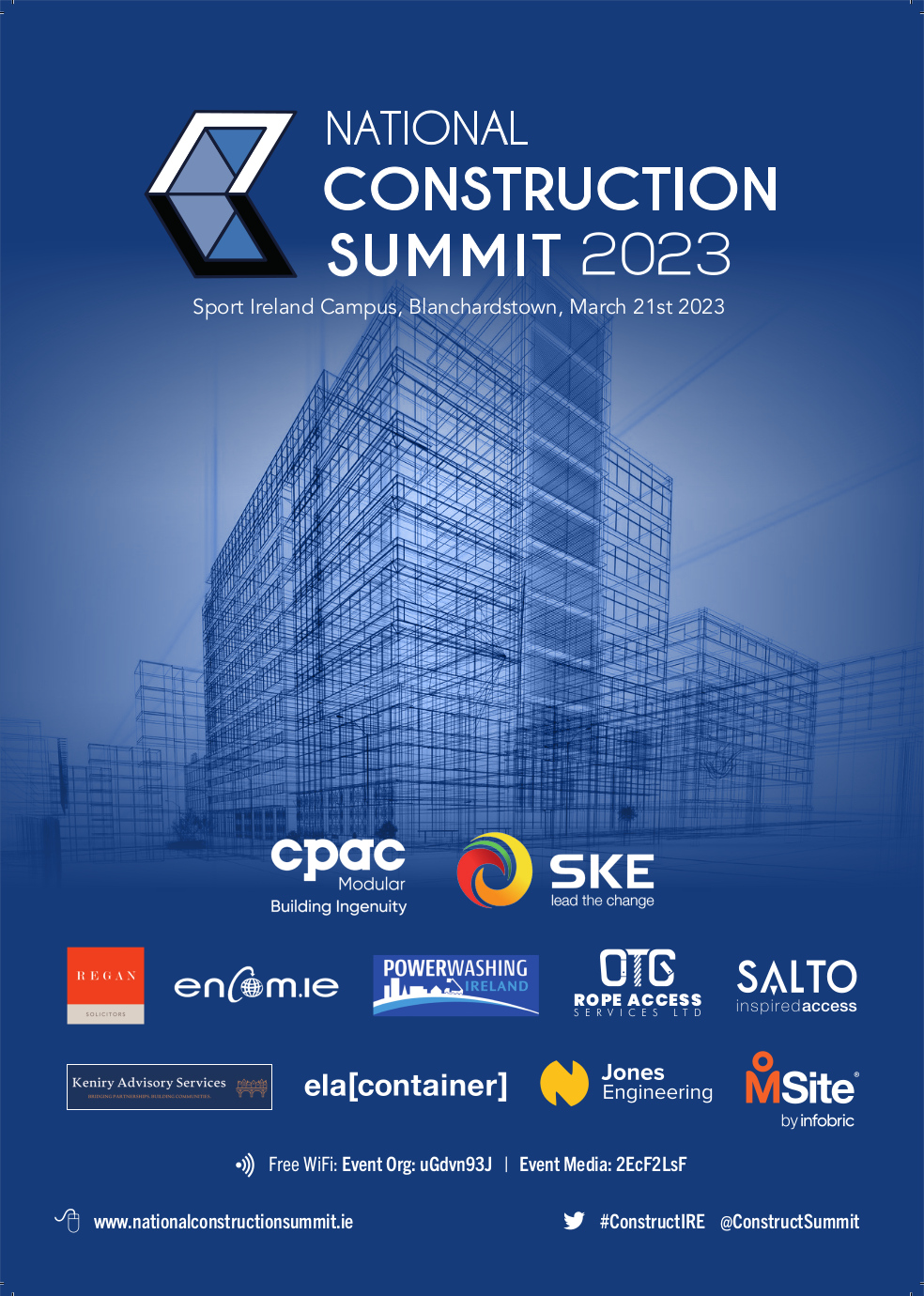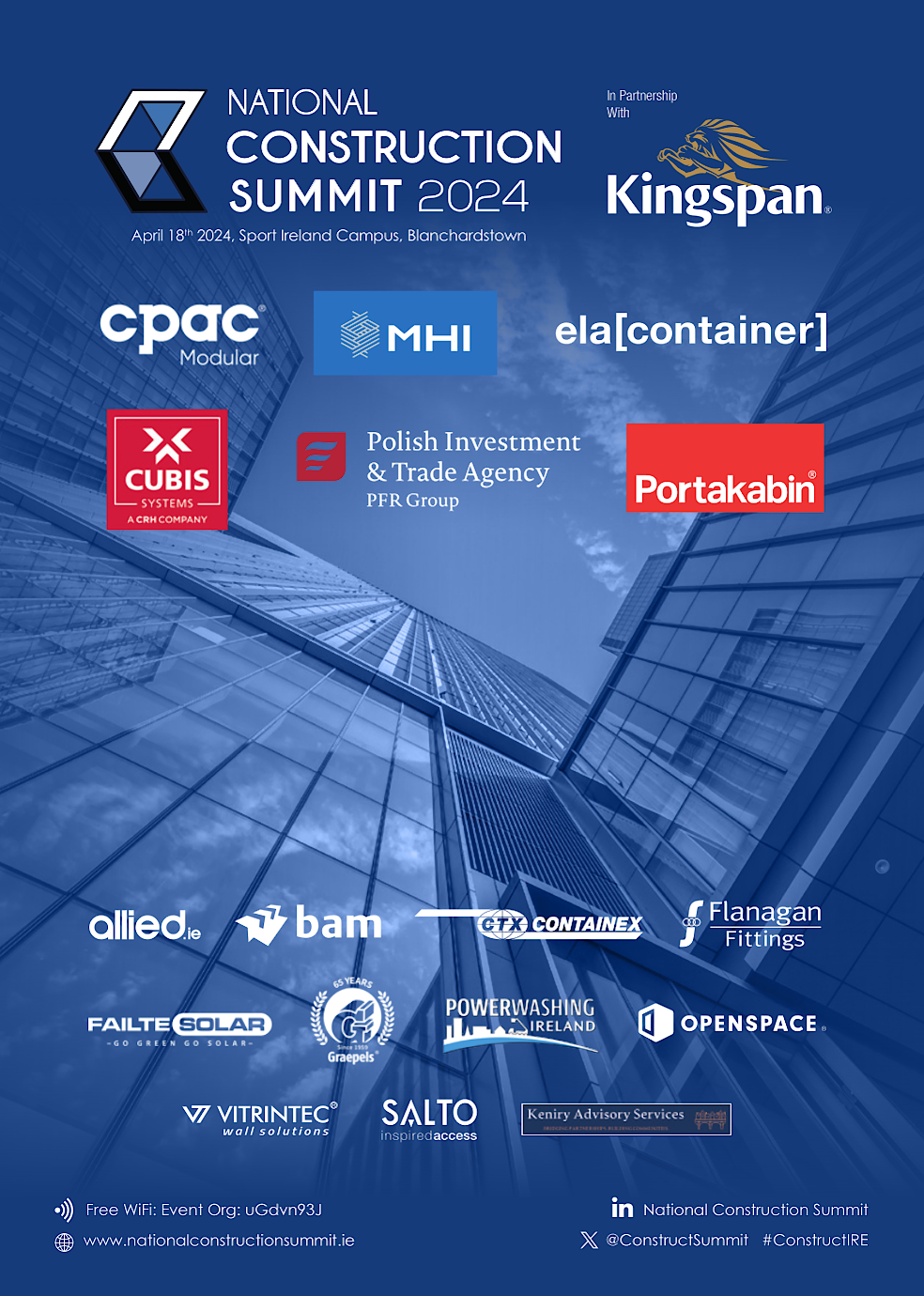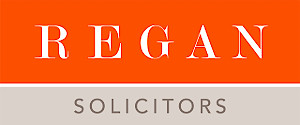New order growth accelerates in July

New order growth quickened in the Irish construction sector during July, helping to support a further sharp rise in activity and a stronger rate of job creation according to the Ulster Bank Construction Purchasing Managers’ Index (PMI).
The rate of expansion in total construction activity eased to the weakest since January. The Ulster Bank Construction Purchasing Managers’ Index (PMI) – a seasonally adjusted index designed to track changes in total construction activity – dropped to 56.6 in July from 58.2 in June, signalling the weakest monthly rise in construction activity since January. The rate of growth remained marked overall as activity increased for the fortyseventh successive month.
Commenting on the survey, Simon Barry, Chief Economist Republic of Ireland at Ulster Bank, noted that: “The latest results of the Ulster Bank Construction PMI survey show Irish construction firms continue to report very solid rates of expansion. The headline PMI did ease for the second month running – and to the lowest level since January – consistent with some moderation in the rate of activity growth in July. However, at 56.6, the PMI remains firmly in expansion territory, and close to the average reading recorded in the pre-crisis 2003—2007 period of rapid growth. “Mirroring the pattern of the headline PMI, the sectoral sub-indices also showed somewhat slower rates of increase in Housing and Commercial activity, though in each case the indices remain at elevated levels, and very much consistent with ongoing solid expansion. Encouragingly, housing was the bestperforming sub-sector, in line with the trend seen for most of this year. Elsewhere within the survey, the buoyancy of activity continues to underpin very strong rates of job creation with the Employment Index picking up last month from what are already exceptionally strong levels. Furthermore, firms reported another substantial increase in new business flows reflecting a greater availability of projects – a signal that offers considerable encouragement regarding the health of the sector’s near-term outlook.”
Activity rose at slower rates in both the residential and commercial sectors, although in both cases rates of growth remained sharp. The rise in housebuilding outpaced that seen for commercial construction. Meanwhile, civil engineering activity decreased for the second month in a row, and at a faster pace than in June.
Those panellists that saw activity increase during July often linked this to new order growth. New business rose substantially in July and to a greater extent than was recorded in June. Respondents mentioned a greater availability of projects and market confidence. Faster rise in employment The rate of job creation also gathered pace during July as companies took on extra staff in response to higher workloads. As well as raising staffing levels, firms expanded their purchasing activity in line with higher workloads. Input buying increased sharply, albeit at a reduced pace. There were further signs of capacity pressures in supply chains in July. Lead times on the delivery of inputs lengthened to the greatest extent since December 2005. Panellists linked longer delivery times to stronger demand for inputs and stock shortages at suppliers. Material shortages also acted to push up prices for inputs. Input cost inflation was recorded for the 47th month in a row, and at a sharp pace. A number of respondents reported higher insulation costs. General market confidence and particular optimism surrounding the housing market supported positive sentiment among Irish construction firms in July. Optimism dipped to a five-month low, but remained strong as close to 53% of respondents forecast an increase in activity over the coming 12 months.







